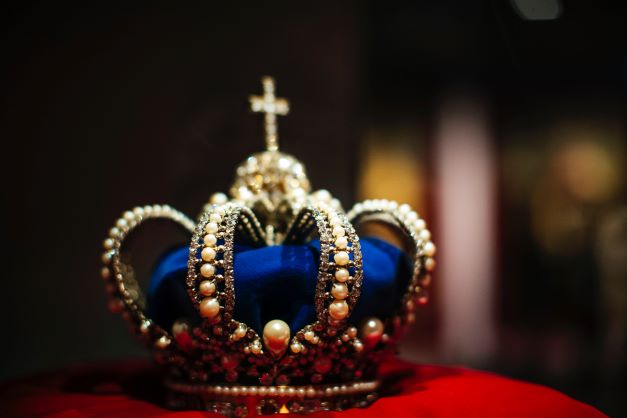
Evidence of a positive connection between monarchy and liberty in the modern world can be seen in recent lists of most liberal and most progressive countries which feature long enduring monarchies. Both World Population Review and MoveHub’s 2022 rankings of the most liberal countries in the world were topped by Norway, Sweden and Denmark—all states with long running constitutional monarchies. U.S. News’ current ranking of “Most Progressive Countries” was topped by Japan, with Sweden fourth and Norway, Denmark and Britain twelfth to fourteenth respectively.
[1] These same five monarchies all came in the top 15 of U.S. News’ overall “Best Countries” ranking which includes metrics with particular emphasis on “Quality of Life”, “Agility” and “Social Purpose” which are all arguably underpinned by liberty.
[2]
In spite of this positive evidence, there is still a perception that monarchy creates an environment where liberty cannot thrive. To understand this perception, we need to take a
longue durée view of ideals of rulership and ideas about ideal governments. James Hankins has explored the “cult of liberty” in Renaissance Italy which derived inspiration from Rome’s republican era and the ideas of Greco-Roman philosophers. For those living in Italian city-states it was “a sign of their status as free men that they did not live under a single lord.”
[3] The political tracts of Renaissance Italy, informed by Greco-Roman ideas, in turn fed the evolving ideas of early modern Europe and the Enlightenment which sought to find an ideal form of government. Enlightenment writers felt that this perfect form of government was one that would guarantee “life, liberty and the pursuit of happiness” as enshrined in the American Declaration of Independence—a document which itself is both a product and a hallmark of early modern political philosophy.
[4]
The
Declaration of Independence marked the moment when the American colonies threw off their allegiance to the British monarchy and the rule of George III, claiming that they had every right to rebel against a government that they called an “absolute Tyranny”. The fear of a tyrant, someone with absolute power who governs in an oppressive and unjust way which completely suppresses liberty, is another thread which runs through the history of political philosophy. A tyrant, like a sovereign or monarch, is a ruler—while it is possible for a monarch to become a tyrant, it is erroneous to assume that monarchy and tyranny are the same. The Romans of the republican era particularly associated tyranny with monarchical rule which they strove to avoid—
Cicero cast the murder of Julius Caesar as righteous tyrannicide and later generations of writers into the Italian Renaissance continued to debate whether it was fair to cast Caesar as a tyrant.
[5] Perhaps the real question should be whether it is fair to cast all monarchs as tyrants—or potential ones. In the Middle Ages, John of Salisbury noted that “not only kings practice tyranny” while
Thomas Aquinas also noted that tyranny was unique to a monarch, that tyranny could equally be practiced by an oligarchy or even in a democracy when “the whole people becomes virtually a single tyrant.”
[6] Premodern political philosophers also discussed whether being the subject of a monarch—and thus subject to the monarch’s will—put one in hock to a tyrant or constrained liberty. In
Dante’s work on monarchy, he argued instead that the reverse was true: “it is apparent that, although a consul or a king are masters over others with respect to means, with respect to ends they are the servants of others; and this is especially true of the monarch, who is to be considered without doubt the servant of all men.”
[7]
Monarchy is not static, for it to endure over centuries, or even millennia, it must continue to evolve in line with changes in society. A failure to adapt or keep in step with political and societal changes risks the institution being seen as irrelevant, or at the most extreme end, an institution which is inhibiting the nation’s growth and must be removed—sometimes violently, as seen in the French or Russian Revolution. A shared characteristic of these examples of long surviving monarchies noted at the outset of this piece—Japan, Norway, Denmark, Sweden and Britain—is that they are all constitutional monarchies, as are the rest of the remaining monarchies in Europe in Belgium, the Netherlands, Luxembourg and Spain.
As discussed previously, the early modern period was a key moment in the development of European political philosophy. Existing modes of governance, primarily monarchies at that point, were questioned regarding whether they were ideal or appropriate political frameworks which could ensure the survival of the state as well as the wellbeing of their subjects. Debate raged between proponents of absolute monarchy who cited a divine mandate to rule including James VI/I of Scotland and England in his work T
he True Lawe of Free Monarchies: or, the reciprock and mutuall dutie betwixt a free King, and his natural Subiectes (1598). Indeed Jean Bodin, in his
Six Books of the Commonwealth, counselled his readers against “the illusory hope of enjoying liberty under a popular government” claiming that “unless its government is in the hands of wise and virtuous men, a popular government is the worst tyranny there is,” as it would be riven with faction and therefore ineffective.
[8] Monarchy, he claimed, most mirrored the natural order—just as a body has one head, so should the body of state have one leader—a king, who would secure and protect the liberty of his subjects.
Equally passionate were those who advocated new forms of rule, rejecting monarchy for republican or democratic forms of governance which they argued were necessary to ensure liberty for all. George Tridimas has systematically analyzed the process of governmental change in Europe, creating a model which examines the conflict between a hereditary monarch and a “liberal challenger” and the various potential outcomes.
[9] The evolution of the British monarchy demonstrates two possible outcomes—the regicide of Charles I in 1649 and the brief establishment of a republic is at the extreme end of these outcomes, in complete favour of the “challenger”. Yet the monarchy was re-established under his son, Charles II, in 1660 and shortly thereafter followed the so-called Glorious Revolution of 1688 which created the model of constitutional monarchy in Britain which has continually evolved to the present day. Tridimas argues that constitutional monarchy represents a power sharing scenario for the monarch and the “liberal challenger” where trade-offs are made between the exercise of power and policy and the control of rents. This model is one means of explaining the evolution of monarchy in Europe—that those which have survived into the present day have done so because they were able to develop these power sharing, constitutional systems which have retained a monarch as a largely ceremonial head of state.
Shifting to a constitutional monarchy can also be seen as a way of preventing the monarch from the possibility of becoming a tyrant who might constrain liberty, as they lack the uninhibited power of an absolute monarch. Stripped of the need to govern or to concern themselves with securing their re-election or that of their political party, these constitutional monarchs can use their elevated and highly visible position to enact the best side of leadership “to protect the oppressed, raise up the afflicted, assist the needy, aid our friends, give rewards to the virtuous and benefit as many people as possible.”
[10] While modern royals are not perfect individuals, many have used their role as leaders to support and draw attention to worthy causes. Examples in modern Britain include Prince Philip’s Duke of Edinburgh initiative, Diana, Princess of Wales’ championing of HIV/AIDS patients and victims of landmines as well as the work of her sons and daughters-in-law to draw greater attention to the importance of mental health. This, coupled with the recognition that nations with long enduring constitutional monarchies are some of the most progressive, liberal and stable nations in the modern world demonstrate “why virtuous rule did not compromise the liberty of the ruled.”
[11] The perception that monarchy is synonymous with tyranny and therefore incompatible with liberty is a connection which needs to be broken. While (absolute) monarchs can be tyrants, history as well as the present day offers countless examples of leaders raised up by seemingly democratic systems who become demagogues or tyrants. Thus, it is not monarchy, nor any particular governmental framework, but the personnel which inhabits it, that create tyranny and constrain liberty.
Endnotes
[1] Anon, “These are the Most Progressive Countries”,
https://www.usnews.com/news/best-countries/rankings/progressive , accessed November 24, 2022.
[2] Anon, “U.S. News Best Countries”
https://www.usnews.com/news/best-countries/rankings , accessed November 24, 2022. Their rankings were Sweden (5th), Japan (6th), United Kingdom (8th), Denmark (10th), Norway (13th). For more detail on their metrics, see
https://www.usnews.com/news/best-countries/articles/methodology , accessed November 24, 2022.
[3] James Hankins, Virtue Politics: Soulcraft & Statecraft in Renaissance Italy (Cambridge, Mass: Belknap Press, 2019), 92.
[5] See particularly chapter 4 of Hankins, Virtue Politics, “Taming the Tyrant”.
[6] See selections from the works of John of Salisbury and Thomas Aquinas in Cary J. Nederman and Kate Langdon Forhan eds, Medieval Political Theory-A Reader: The Quest for the Body Politic, 1100-1400 (London: Routledge, 1993). Quotations from pages 54 (John of Salisbury) and 101 (Thomas Aquinas).
[7] Dante, Monarchy, ed and trans Prue Shaw (Cambridge, Cambridge University Press, 1996), 21.
[8] Jean Bodin, Six Books of the Commonweath, ed and abridged by M.J. Tooley (Oxford: Basil Blackwell, 1955), 201. Available online at
http://constitution.org/2-Authors/bodin/bodin_.htm [9] George Tridimas, “Constitutional monarchy as power sharing”, Constitutional Political Economy 32 (2021), 431-461,
https://rdcu.be/c0oz0 [10] Carlo Marsuppini as quoted in Hankins, Virtue Politics, 136.
[11] Hankins, Virtue Politics, 512.

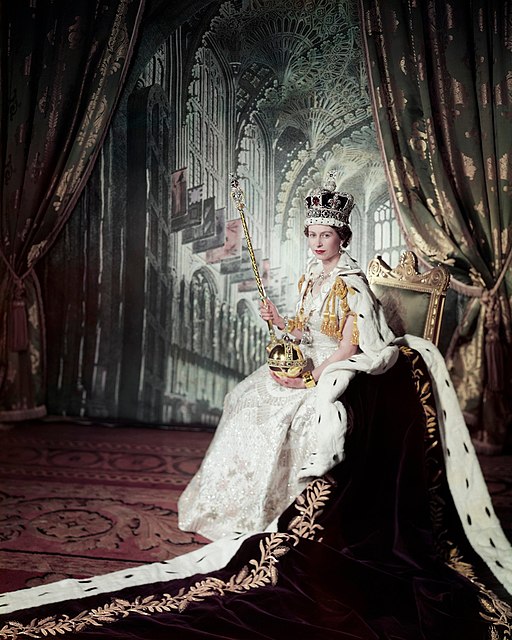
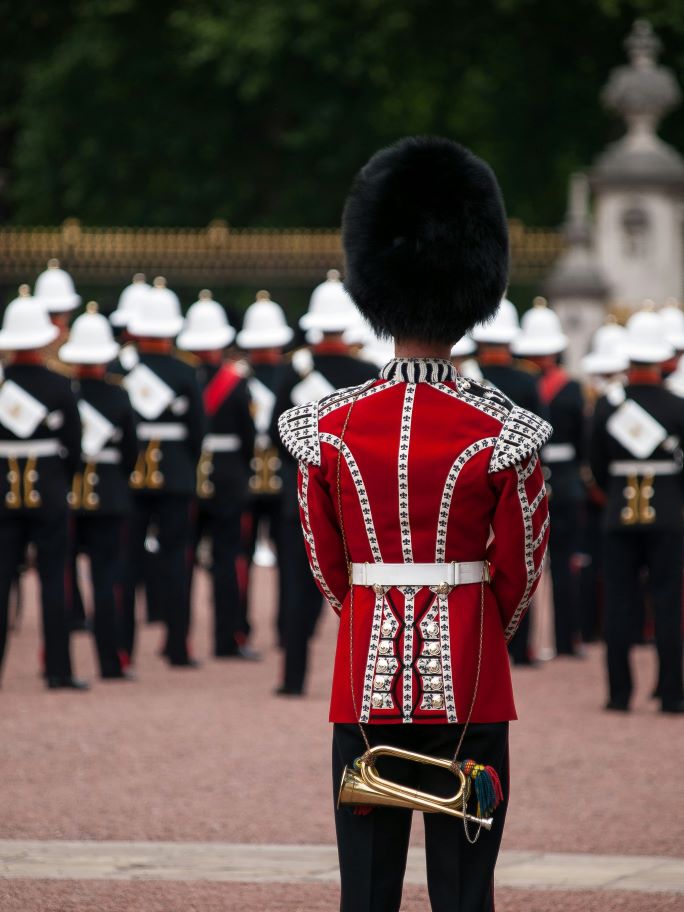
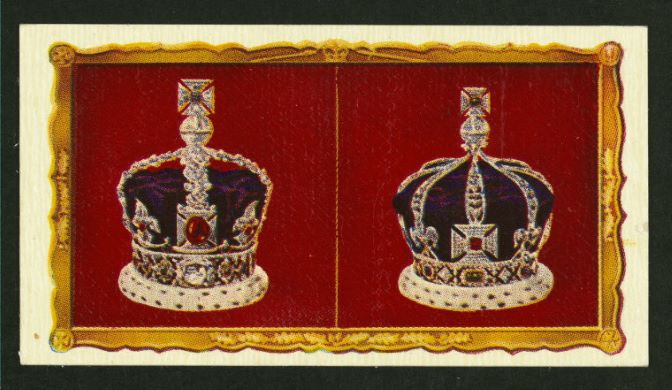 The essays in this forum all complement each other and in doing so cast light on several interrelated questions. The first concerns the historical and contemporary relationship between monarchy as a regime or type of political order. The second concerns both liberty and a range of social values and practices commonly described as ‘progressive’ that are often associated with contemporary liberalism. As Elena Woodacre says, these are nowadays strongly connected with monarchies but this is surprising for some because monarchy has historically been associated with the contrasting opposite practice of tyranny and arbitrary rule, by a succession of authors and movements from the early modern period onwards. Her key point is that this is incorrect – tyranny is a quality of governance and practice that can be found in any kind of political order, and monarchy is not especially susceptible to it. Tyrannical government often takes the form of personal rule as in Putin’s Russia, but this is not always the same as monarchy (North Korea is a case where it is) and, more importantly, personal rule is only one kind of tyranny, as examples like Iran and the post-Stalin Soviet Union demonstrate.
The essays in this forum all complement each other and in doing so cast light on several interrelated questions. The first concerns the historical and contemporary relationship between monarchy as a regime or type of political order. The second concerns both liberty and a range of social values and practices commonly described as ‘progressive’ that are often associated with contemporary liberalism. As Elena Woodacre says, these are nowadays strongly connected with monarchies but this is surprising for some because monarchy has historically been associated with the contrasting opposite practice of tyranny and arbitrary rule, by a succession of authors and movements from the early modern period onwards. Her key point is that this is incorrect – tyranny is a quality of governance and practice that can be found in any kind of political order, and monarchy is not especially susceptible to it. Tyrannical government often takes the form of personal rule as in Putin’s Russia, but this is not always the same as monarchy (North Korea is a case where it is) and, more importantly, personal rule is only one kind of tyranny, as examples like Iran and the post-Stalin Soviet Union demonstrate.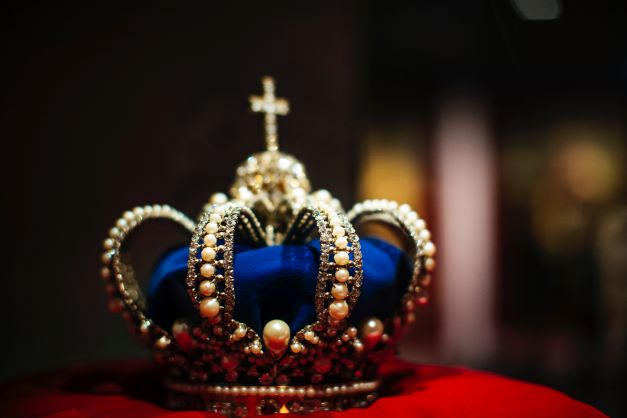 Many thanks for my fellow contributors in this Liberty Fund forum on monarchy and liberty for their thoughtful and thought-provoking pieces, all connected by a common inspiration in the recent passing of Queen Elizabeth II. Each of my colleagues took their reflections on this momentous event in very different directions, exploring the place of monarchy in modern society in different ways.
Many thanks for my fellow contributors in this Liberty Fund forum on monarchy and liberty for their thoughtful and thought-provoking pieces, all connected by a common inspiration in the recent passing of Queen Elizabeth II. Each of my colleagues took their reflections on this momentous event in very different directions, exploring the place of monarchy in modern society in different ways.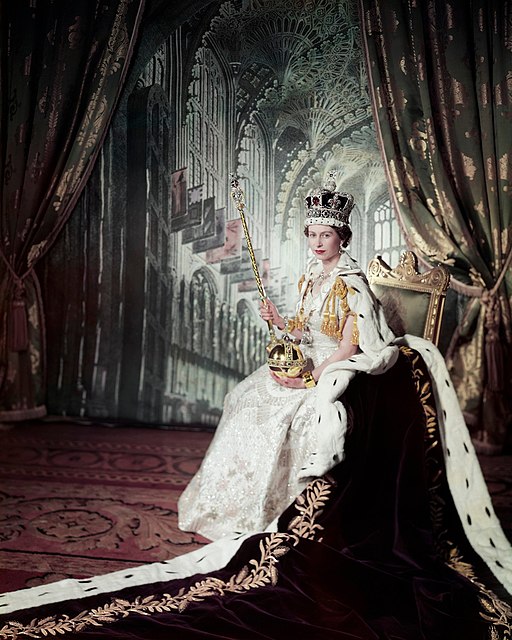 Carelessly, I used the phrase “crowned republic” in the last sentence of my lead essay. I say “careless”, because I can’t recall whether I had the UK or Australia in mind when I wrote it.
Carelessly, I used the phrase “crowned republic” in the last sentence of my lead essay. I say “careless”, because I can’t recall whether I had the UK or Australia in mind when I wrote it.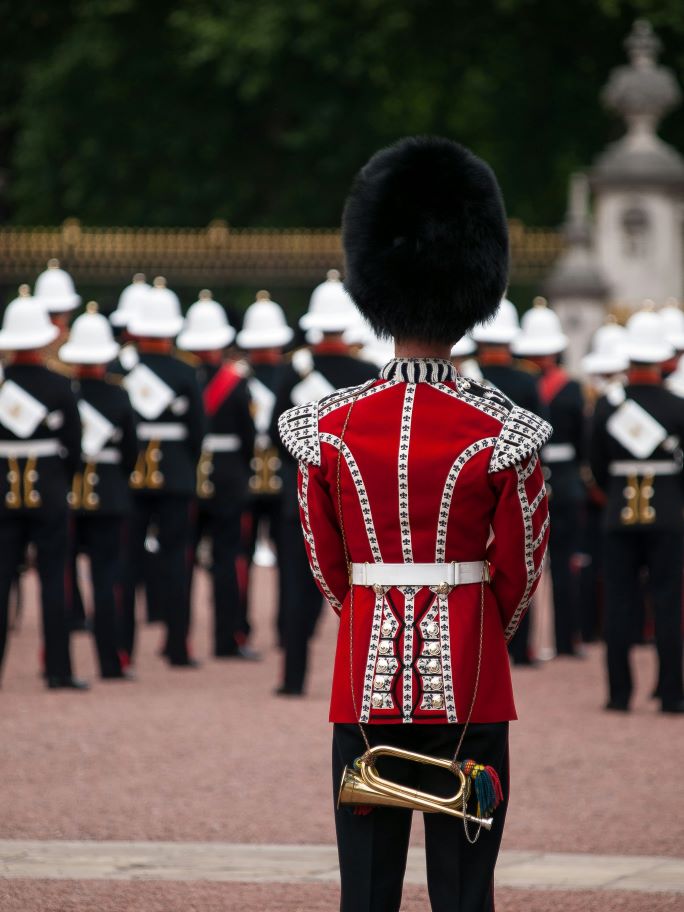 The essays by Elena Woodacre, Helen Dale, Stephen Davies, and myself all discuss the role of monarchical government, as well as individual members of royal families in modern constitutional monarchies, in supporting long term concerns, balancing the short-term issues that are often the focus of individual election cycles. Davies states that monarchy is “a corrective to a fixation on the short term and immediate and the ignoring of the longer term and permanent” while Dale discusses how the common law system evolved with the development of constitutional monarchy. Woodacre observes that a monarchy “must continue to evolve in line with changes in society” in order to survive. My own essay discusses the evolution from the British Empire to a Commonwealth of equal nations. The philanthropic and advocacy work of individual members of reigning houses in modern constitutional monarchies reflects this historic focus on considering long term political, societal, environmental, and cultural trends over comparatively short-term concerns.
The essays by Elena Woodacre, Helen Dale, Stephen Davies, and myself all discuss the role of monarchical government, as well as individual members of royal families in modern constitutional monarchies, in supporting long term concerns, balancing the short-term issues that are often the focus of individual election cycles. Davies states that monarchy is “a corrective to a fixation on the short term and immediate and the ignoring of the longer term and permanent” while Dale discusses how the common law system evolved with the development of constitutional monarchy. Woodacre observes that a monarchy “must continue to evolve in line with changes in society” in order to survive. My own essay discusses the evolution from the British Empire to a Commonwealth of equal nations. The philanthropic and advocacy work of individual members of reigning houses in modern constitutional monarchies reflects this historic focus on considering long term political, societal, environmental, and cultural trends over comparatively short-term concerns.